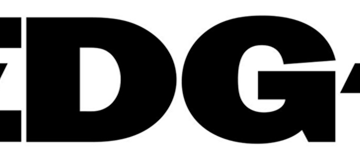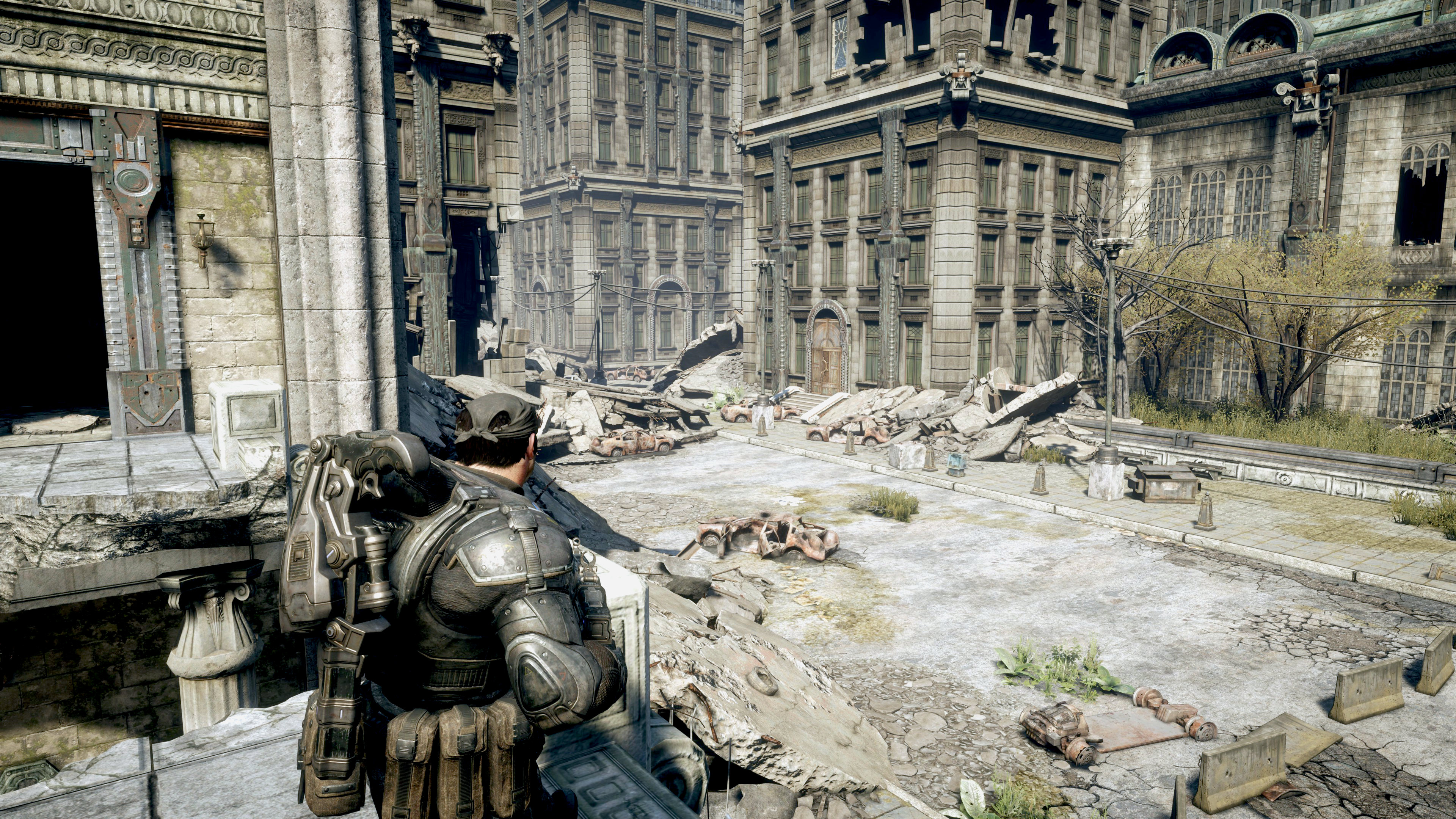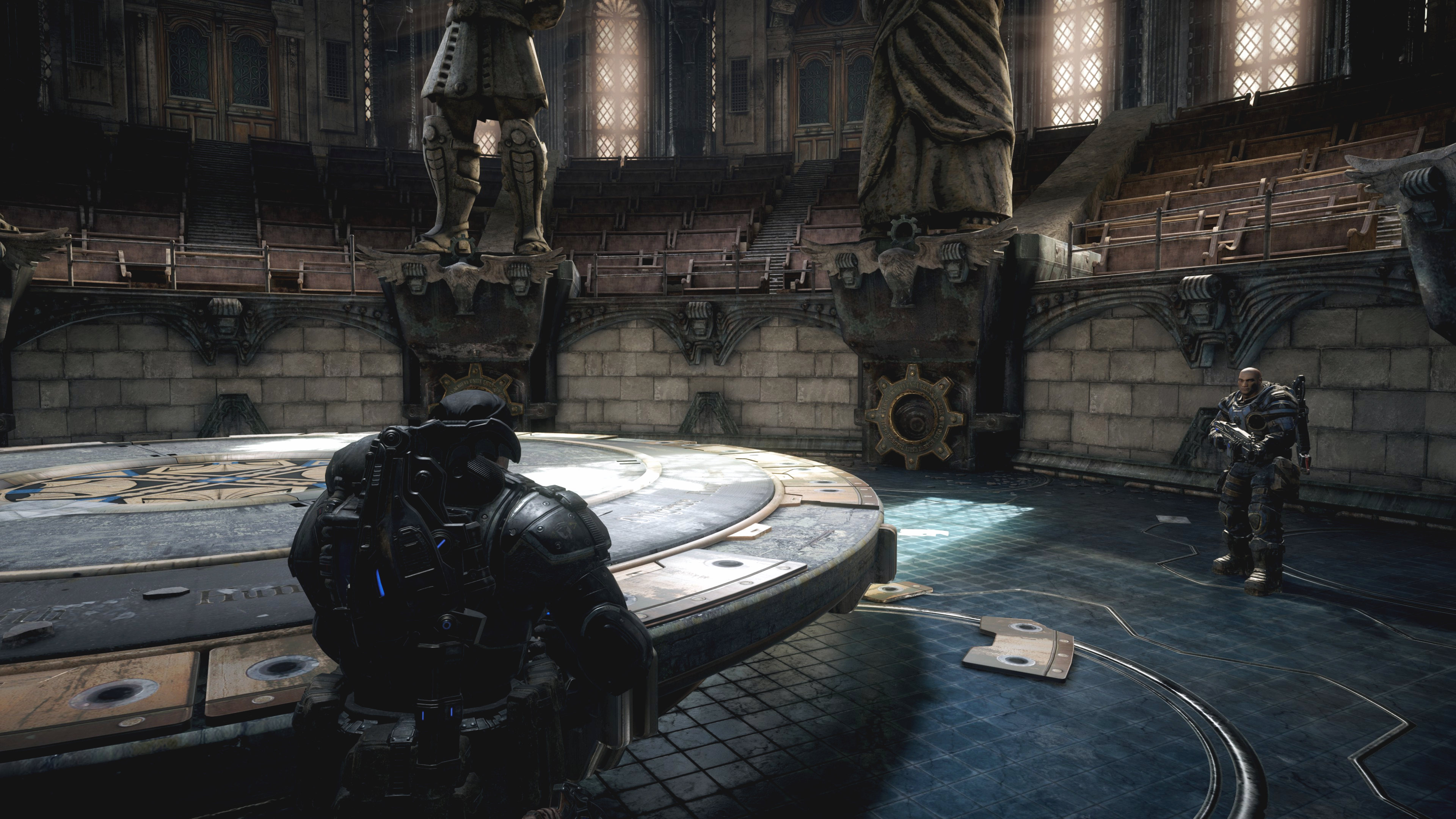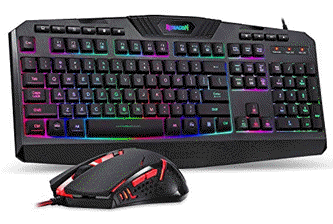2025-08-26 11:07:00
www.pcgamer.com
If you were hoping that Gears of War: Reloaded was going to be like The Elder Scrolls 4: Oblivion Remastered, then I have a bit of bad news for you. It’s essentially 2016’s Ultimate Edition of Gears of War, but with better lighting and textures—everything else, including meshes, animations, and the overall gameplay, is exactly the same.
Gears of War: Ultimate Edition was a remaster itself, so Reloaded is a remastered remaster. Or is it a re-re-master? Either way, whatever your feelings are about the Ultimate Edition, they’ll probably be no different for Reloaded.
I must admit to being a little surprised that developers The Coalition retained the use of Unreal Engine 3 for Reloaded, albeit with large chunks of it heavily rewritten, replaced, and modified. But having thought about it, rewriting the whole game to work with Unreal Engine 5 was probably going to be too much work for the scale of the project, and if you’re going to do that, then you might as well do a full remake instead.
The good news about sticking with the old engine and just using better quality assets, lighting, shadows, and reflections, is that Gears of War: Reloaded will run on pretty much any gaming PC you like. For game performance analysis, I usually start with a top-end rig, but in this instance, I kicked off with the oldest gaming PC in my office, and the game ran so well—even at maximum quality settings—that I skipped over testing a full range of PCs.
In fact, other than one very specific type of PC platform, you can likely just slap all the settings to the maximum values and enjoy 60+ fps performance. You might need to keep the resolution down or utilise a spot of FSR 3.1 or DLSS 3.5 upscaling to push it higher if you want to, but the main reason for using either one is for the superior anti-aliasing—the alternative is to use FXAA, but there’s absolutely no reason to do so.
Tested on: Core i7 9700K | Radeon RX 5700 XT | 16 GB DDR4-3200
1080p | FSR Balanced | Ultra quality preset
As you can see from the above footage, the Core i7 9700K + Radeon RX 5700 XT combination has no problems whatsoever running Gears of War: Reloaded at an acceptable frame rate. There’s quite a big difference in the frame rate when fighting in narrow corridors to battles held in open areas, but every PC I tested is affected in the same way.
If you’re happy to go with a lower frame rate (GoW:R isn’t a fast-reaction game by any means), then you could increase the upscaling quality mode. AMD’s FSR Native AA and Nvidia’s DLAA are both supported, but you’re not really going to easily tell the difference between them and DLSS/FSR Quality.
Admittedly, the RX 5700 XT is still quite a capable graphics card, so the next platform I tested Gears of War: Reloaded on was an entry-level gaming laptop.
Tested on: Ryzen 7 7735HS | GeForce RTX 4050 | 16 GB DDR5-4800
1080p | FXAA | Ultra quality preset
Just as with the Core i7 9700K rig, the RTX 4050 laptop coped absolutely fine. So much so that for the above footage, I disabled DLSS and just used FXAA to remove jagged edges from objects, characters, and other models. Even with no performance boost from upscaling, the little laptop has no problem hitting 60 fps or more.
The other reason why I included the use of FXAA was to highlight just how bad the anti-aliasing technique is compared to what can be achieved with FSR and DLSS. Both solutions have been implemented well in the game, so you’re pretty much covered, no matter what GPU you have.
Tested on: Core Ultra 9 285K | GeForce RTX 5090 | 48 GB DDR5-8400
4K | DLAA | Ultra quality
Heading to the other end of the hardware scale, pairing a GeForce RTX 5090 with a Core Ultra 9 285K and 48 GB of DDR5-8400 produces an entirely expected outcome. You might be surprised that the fps isn’t higher, but that’s in part because Gears of War: Reloaded has an adjustable frame rate cap with a limit of 240 fps.
You might think it has to do with the choice of CPU, as Intel’s Arrow Lake chips aren’t the best for gaming. However, the 5090 was being correctly utilised, and at no point were the 285K’s P-cores being saturated with work. In fact, this was common across all of the PCs I tested Gears of War: Reloaded on, though there was one exception.
Tested on: Asus ROG Ally | 15 W mode
1080p | FSR Balanced | Custom low quality
Given how well the old Core i7 9700K rig coped with 1080p Ultra quality, I was confident that my Asus ROG Ally would be fine with a lower preset and perhaps a bit more upscaling. Upon first firing up the game on the handheld gaming PC, it defaulted to the Medium quality preset with FSR Balanced upscaling.
In the narrow corridors, it just about reached 60 fps, but once out into the open areas, the frame rate would drop below 40 fps. That might not sound particularly rubbish, but it created a surprising amount of input lag, making what’s already quite a clunky game feel leaden and slow.
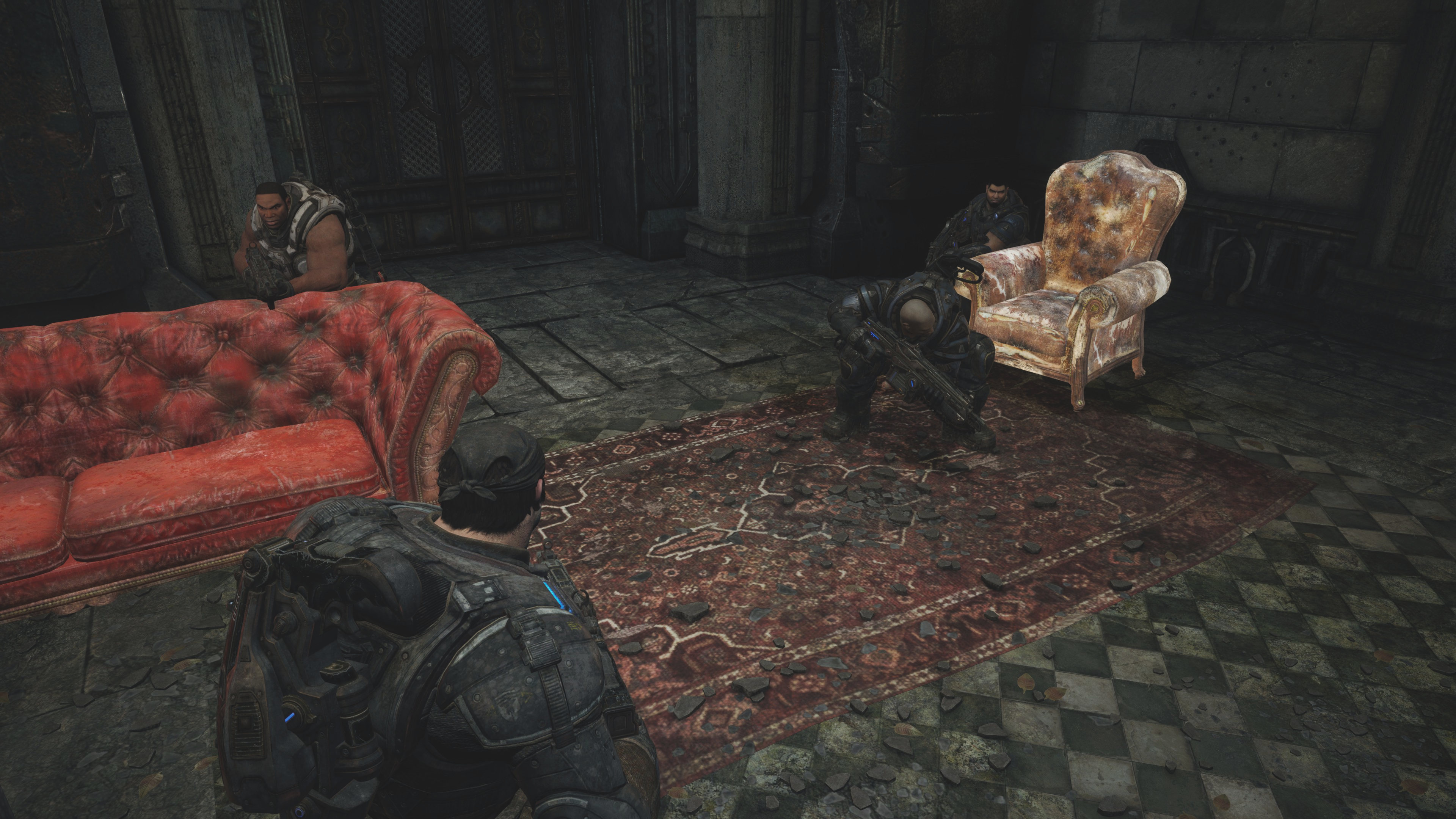
My solution was to use the Low preset with a Medium quality texture setting. You don’t really gain much fps by using lower quality textures, and it looks especially bad on the Low or Lowest preset. To be frank, while the new HDR lighting algorithm does a decent job of things, the game’s old-school looks lean heavily on the quality of the textures. In some cases, even on the maximum setting, they’re rather poor, so you’ll want to use the best texture setting that you can.
The one thing I did notice when testing the ROG Ally was that the GPU utilisation was quite poor. In the above footage, you can see that some of the handheld’s CPU cores are being hit quite hard, and along with the relative lack of VRAM bandwidth, this particular handheld isn’t best suited for good-looking, smooth gameplay in GoW:R. Steam Deck owners will want to skip the game entirely.
Final thoughts

In addition to the above PC platforms, I tested Gears of War: Reloaded on Ryzen 5 5600X, Ryzen 7 5700X3D, Core i5 13600K, and Core i7 14700K rigs, with graphics cards including a GeForce RTX 2060, RTX 3060 Ti, RTX 5070, and a Radeon RX 6750 XT and RX 7900 XT. All of them, without exception, had no difficulties in running GoW:R with the Ultra preset enabled.
In some cases, I had to use Balanced upscaling instead of Quality or DLAA/Native AA, but it didn’t affect the visual quality of the game, and it helped keep the 1% low performance above 60 frames per second. It’s just a shame that I couldn’t do the same with my ROG Ally, without ruining the game’s looks.
The old-school graphics techniques are a piece of cake for any modern graphics card, to be honest, because they all have enough pixel throughput and VRAM bandwidth to keep on top of things. However, handheld PCs are limited in both of these aspects, which is a real shame, as Gears of War: Reloaded is supposed to scale down to such hardware.
Technically, it does, though you’ll have to accept a relatively low frame rate and sluggish controls. At least I didn’t experience any glitches or bugs in the review code, nor any shader compilation or traversal stutters—just frame rate wobbles upon loading a new stage and hit boxes with minds of their own.
Gears of War: Reloaded is arguably a more definitive version of the game than the Ultimate Edition, and if the idea of playing a stompy-stompy, cover-and-fire classic appeals to you, then at least you won’t have to worry about whether your desktop or laptop gaming PC will be up to the task.
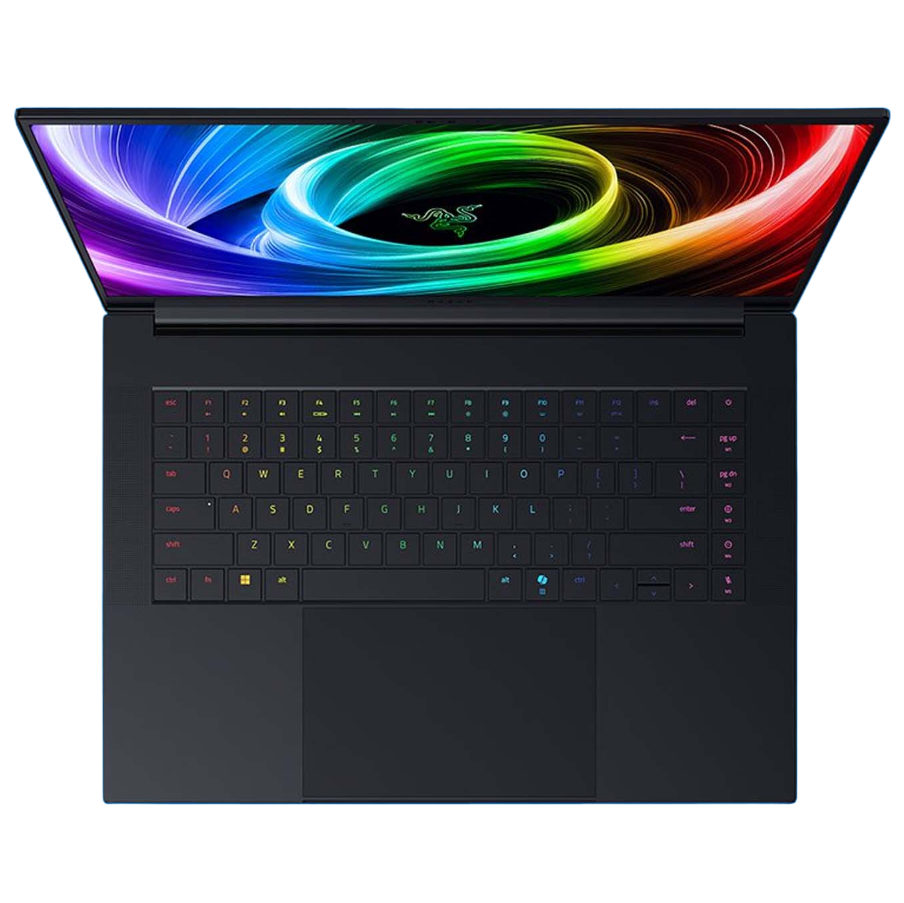
Best gaming rigs 2025
Take your gaming to the next level! The Redragon S101 RGB Backlit Gaming Keyboard is an Amazon’s Choice product that delivers incredible value. This all-in-one PC Gamer Value Kit includes a Programmable Backlit Gaming Mouse, perfect for competitive gaming or casual use.
With 46,015 ratings, an average of 4.6 out of 5 stars, and over 4K+ bought in the past month, this kit is trusted by gamers everywhere! Available now for just $39.99 on Amazon. Plus, act fast and snag an exclusive 15% off coupon – but hurry, this offer won’t last long!
Help Power Techcratic’s Future – Scan To Support
If Techcratic’s content and insights have helped you, consider giving back by supporting the platform with crypto. Every contribution makes a difference, whether it’s for high-quality content, server maintenance, or future updates. Techcratic is constantly evolving, and your support helps drive that progress.
As a solo operator who wears all the hats, creating content, managing the tech, and running the site, your support allows me to stay focused on delivering valuable resources. Your support keeps everything running smoothly and enables me to continue creating the content you love. I’m deeply grateful for your support, it truly means the world to me! Thank you!
|
BITCOIN
bc1qlszw7elx2qahjwvaryh0tkgg8y68enw30gpvge Scan the QR code with your crypto wallet app |
|
DOGECOIN
D64GwvvYQxFXYyan3oQCrmWfidf6T3JpBA Scan the QR code with your crypto wallet app |
|
ETHEREUM
0xe9BC980DF3d985730dA827996B43E4A62CCBAA7a Scan the QR code with your crypto wallet app |
Please read the Privacy and Security Disclaimer on how Techcratic handles your support.
Disclaimer: As an Amazon Associate, Techcratic may earn from qualifying purchases.












































